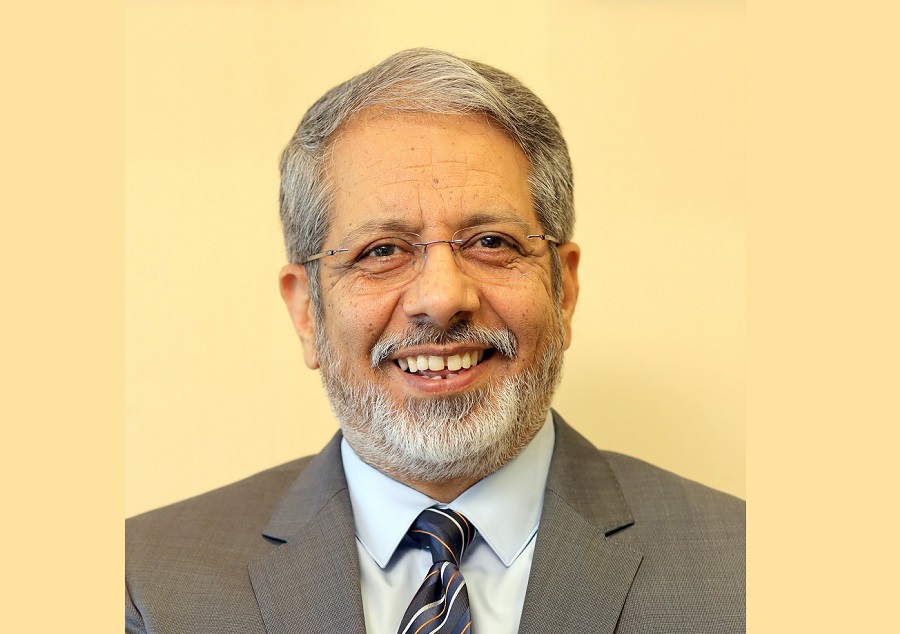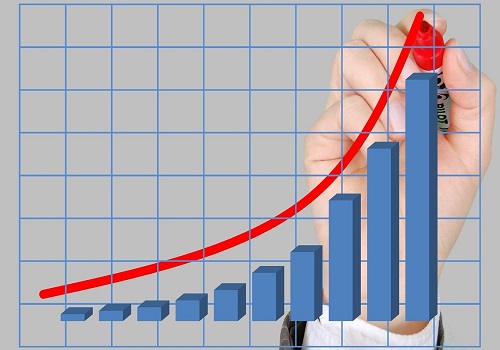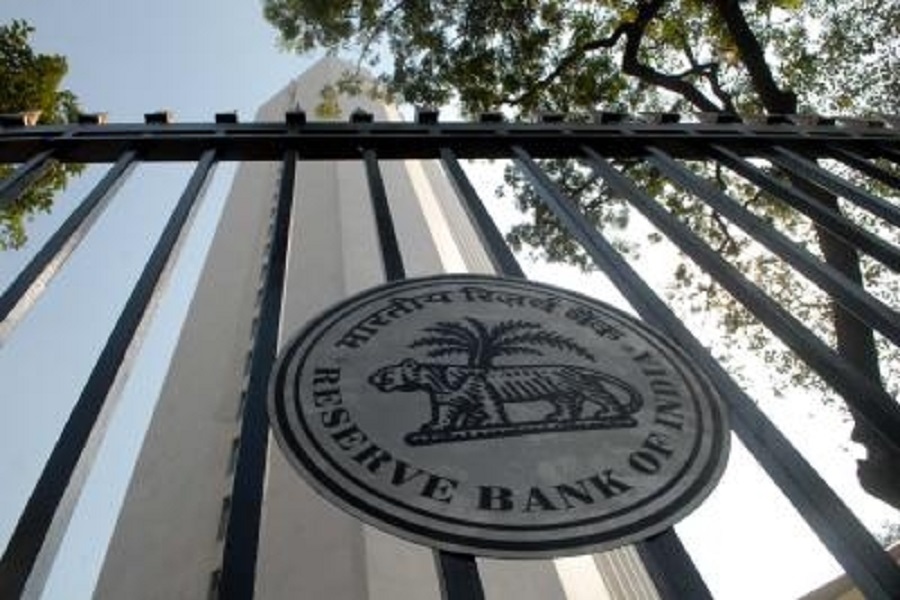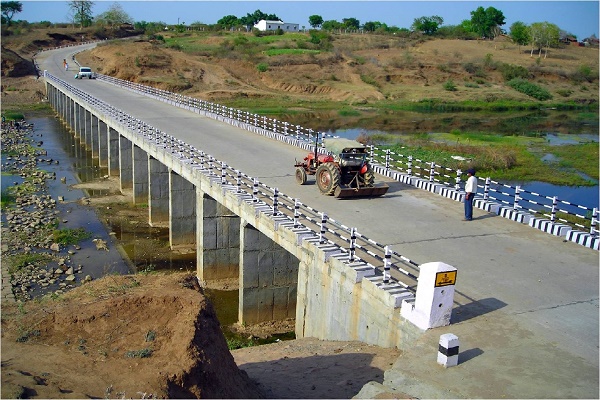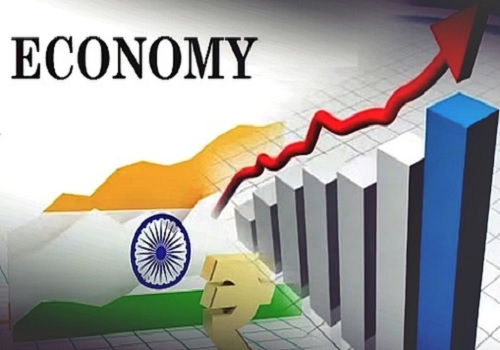Views on BRICS Summit 2025 by Dr. Manoranjan Sharma, Chief Economist, Infomerics Valuation and Ratings Ltd
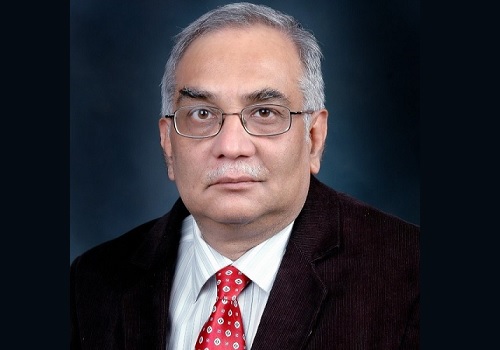
Below the Views on BRICS Summit 2025 by Dr. Manoranjan Sharma, Chief Economist, Infomerics Valuation and Ratings Ltd
Building Resilience and Innovation for Cooperation and Sustainability: Unpacking the BRICS Summit Agenda
The 2025 BRICS Summit, held in Rio de Janeiro, unfolded against a backdrop of growing global uncertainty and rising geopolitical tensions. The official declaration, a sprawling 47-page document with 126 paragraphs and more than 16,000 words, touched on nearly every major global issue—from economic inequality to trade reform. Key buzzwords like “multipolar world,” “inclusive,” “sustainable,” and “global governance” echoed throughout. But a closer look reveals gaps between the rhetoric and the realities on the ground.
One of the central concerns raised by BRICS was the increasing use of tariffs and trade barriers. The declaration criticized such policies as being out of step with World Trade Organization (WTO) rules, warning that they could stifle global trade, disrupt supply chains, and inject uncertainty into the international market. The bloc reiterated its commitment to a fair and inclusive global trading system, with special consideration for the needs of developing countries.
On the sidelines of the summit, former U.S. President Donald Trump’s remarks stirred controversy. He warned that countries aligning with what he called “the Anti-American policies of BRICS” could face an additional 10% tariff—an indication of how seriously Washington views BRICS as a challenger to its influence.
Notable Absences and a Growing Financial Shift
Two key players—China’s President Xi Jinping and Russian President Vladimir Putin—were notably absent from the summit, raising questions about internal dynamics within the group. Still, one of the more ambitious topics on the table was the potential creation of a shared payment system—a move that could gradually chip away at the dominance of the U.S. dollar.
As global economic power continues to shift away from the West and toward emerging economies, the BRICS nations are exploring financial alternatives to the dollar-centric system. Efforts like the New Development Bank, the BRICS Contingent Reserve Arrangement, and ongoing work on a digital currency framework show that this isn’t just theoretical talk. Feasibility studies are already underway to assess how such a system—often referred to as “BRICS Pay”—might function. But despite the momentum, challenges remain. Economic disparity among members, geopolitical mistrust, and the entrenched dominance of the dollar all pose significant hurdles.
India's Tightrope Walk
For India, this changing landscape presents both opportunities and risks. On one hand, BRICS offers a platform to advance South-South cooperation, boost economic development, and support multipolar global governance. On the other, closer alignment with BRICS—especially when it’s seen as pushing back against the West—could strain New Delhi’s ties with strategic partners like the U.S., the EU, Japan, and Australia.
India's foreign policy has long championed strategic autonomy, and this situation is no different. Rather than choosing sides, India is likely to take a pragmatic, case-by-case approach. While supporting initiatives that align with its development goals, India will probably avoid actions or rhetoric that could be seen as openly confrontational toward the West. At the same time, India is cautious of China’s expanding influence within BRICS and will seek to ensure its own regional priorities remain protected.
India's challenge is to balance its growing global stature with its longstanding principle of non-alignment—pushing for reform, inclusion, and cooperation without being drawn too far into great-power rivalries.
The Digital Frontier: UPI and BRICS
On the technology front, India could play a pivotal role. The possibility of adapting its highly successful Unified Payments Interface (UPI) at the BRICS level is being actively discussed. Technically, it's feasible. India has already demonstrated its digital payments leadership at home and in select international partnerships.
But scaling a system like UPI across diverse regulatory environments and levels of infrastructure development will require careful planning. Security, data governance, and interoperability will be central concerns. If managed well, this initiative could significantly raise India’s profile in shaping the global digital economy—and could also help BRICS reduce its reliance on Western-controlled financial networks.
What Lies Ahead
The BRICS declaration reflects a deep desire for a more balanced and fair global order. Yet the path forward is complicated. Internal differences, trust deficits, and a fast-changing geopolitical landscape mean that while the group can propose alternatives, implementing them will be a longer journey.
India, in particular, must navigate a complex diplomatic maze. It supports the idea of a multipolar world but also values its partnerships with the West. As BRICS pushes for greater financial and political autonomy, India’s role could be one of bridge-building, advocating reform while maintaining open channels with all sides.
Ultimately, BRICS has the potential to reshape aspects of the global order—but only if its members can move beyond declarations and deliver coordinated, pragmatic solutions.
Above views are of the author and not of the website kindly read disclaimer
.jpg)

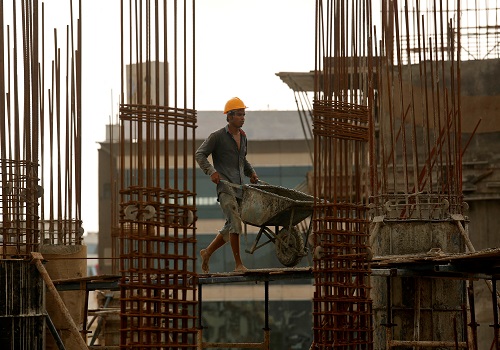

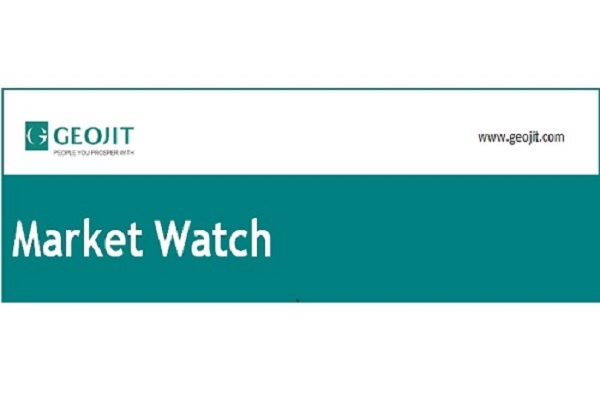
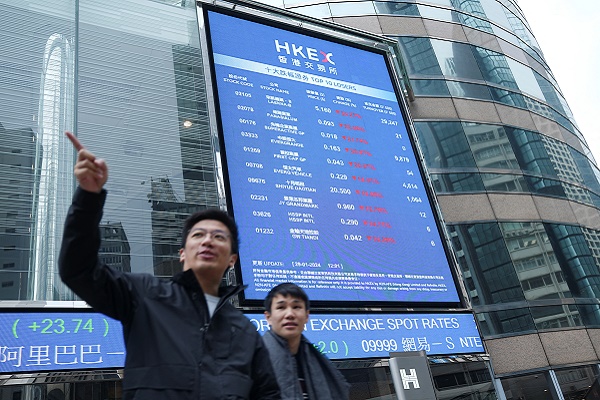

.jpg)
.jpg)
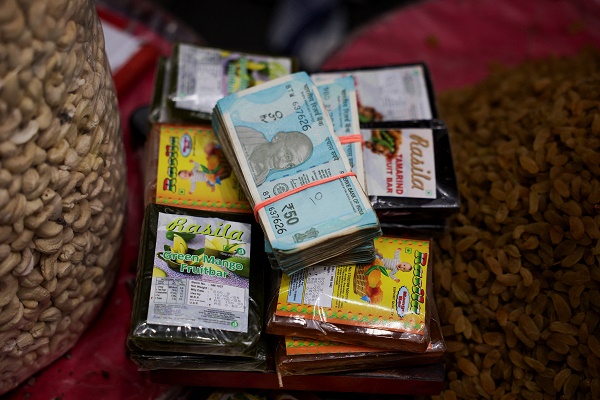
More News
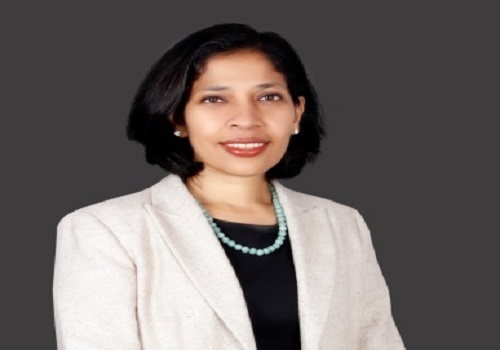
Perspective on WPI data by Ms. Rajani Sinha, Chief Economist, CareEdge Ratings
